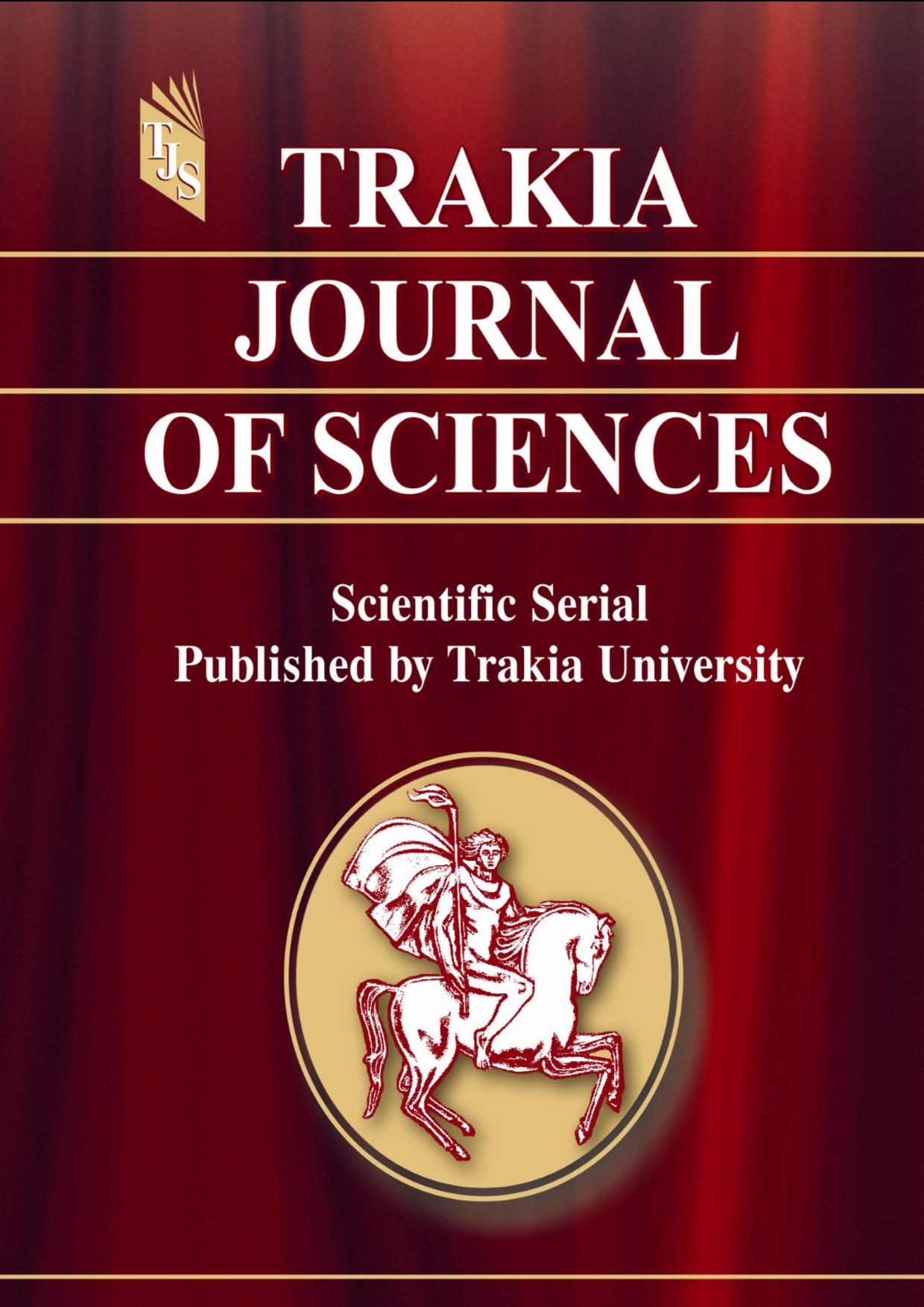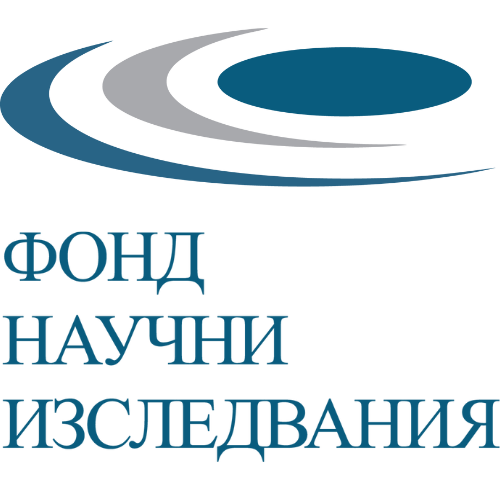PECULIARITIES IN THE MANIFESTATION OF THE LOWER LIMBS’ EXPLOSIVE POWER IN CHILDREN OF PRESCHOOL AGE
DOI:
https://doi.org/10.15547/tjs.2024.s.01.027Keywords:
preschool education, explosive power, childrenAbstract
Physical Education is a vital aspect of the preschool curriculum in the education system. Its main tasks are aimed at a child's comprehensive development. It influences health, physical fitness, and communication skills, helps cognitive growth, and provides emotional satisfaction from motor activity. One of the key activities in the subject's curriculum is the development of children's motor skills. The work on explosive power is essential here, as it directly influences the mastery and subsequent improvement of natural movements. Based on the above, this study aims to reveal the peculiarities in the manifestation of the lower limbs’ explosive power in children of preschool age. To realize the aim, we carried out a one-time test with 251 children (boys and girls) from two kindergartens in the territory of the city of Sofia. Each child's participation was confirmed by signing an informed consent form by their parents. Methods: We conducted the research by applying the following tests: standing long jump with two legs and consecutive single-leg hops. Results: We subjected the test data to variation and comparative analysis. The variation analysis results showed a normal distribution of the subjects' average achievements, which allowed us to apply a two-factor analysis of variance followed by the parametric Student's t-test. The data from the two-factor ANOVA showed significant effects of the factors of gender and age. The comparisons between different ages allow us to follow the dynamics of the development of the lower limbs’ explosive power. Conclusion: After conducting research and processing the results, we found significant age and gender differences in preschool children's abilities regarding the lower limbs’ explosive power. This allows us to recommend work on developing lower limbs’ explosive power based on the inferred intergroup differences.
References
Nikolova, E., Marinov, B. Motor Activity - School and Family. Sofia, 2002
Simeonova, P. Valeological aspects in physical education and sports. Journal for the Bulgarian School. 2009/2010; 36:10-15
Marinov, T. Fundamentals of physical education - theory and methodology, Sofia, NSA Press, 2020
Damyanova, S., T. Simeonova, D. Obreshkov. (2011). Comprehensive development of motor qualities in preschool age. // Scientific Works of RU, Volume 50. Ruse
Piek, J.P., B. Hands, & M.K.Licari, (2012). Assessment of Motor Functioning in the Preschool Period. Neuropsychol Rev 22, 402–413, https://doi.org/10.1007/s11065-012-9211-4.
Cameron, C.E., E.A. Cotton, W.M. Murrah, D.W. Grissmer, (2016). How Are Motor Skills Linked to Children's School Performance and Academic Achievement? Child Dev Perspect, 10, 93-98. https://doi.org/10.1111/cdep.12168.
Katagiri M., H. Ito, Y. Murayama, M. Hamada, S. Nakajima, N. Takayanagi, A. Uemiya, M. Myogan, A. Nakai, M. Tsujii, (2021). Fine and gross motor skills predict later psychosocial maladaptation and academic achievement. Brain Development, May;43(5):605-615. doi: 10.1016/j.brai.
Slanchev, P. Sports Medicine. Sofia: Novi Znaniya Publishing, 1998
Zhelyazkov, Tsv., D. Dasheva. Fundamentals of sports training. Sofia: Gera Art, 2006
Bachvarov, M. (2003). Sportsology. Sofia.
Rachev, K. Theory and Methodology of Physical Education - Part 1. "General Foundations of the Theory of Physical Education," Sofia, NSA Press, 1998
Dimitrova, A. Socialization and sport. // Adaptation of students' physical education and sports to the requirements of modern society. Sofia, NSA PRESS 2016, pp. 106 - 114

Downloads
Published
Issue
Section
License
Copyright (c) 2025 Trakia University

This work is licensed under a Creative Commons Attribution-NonCommercial 4.0 International License.


